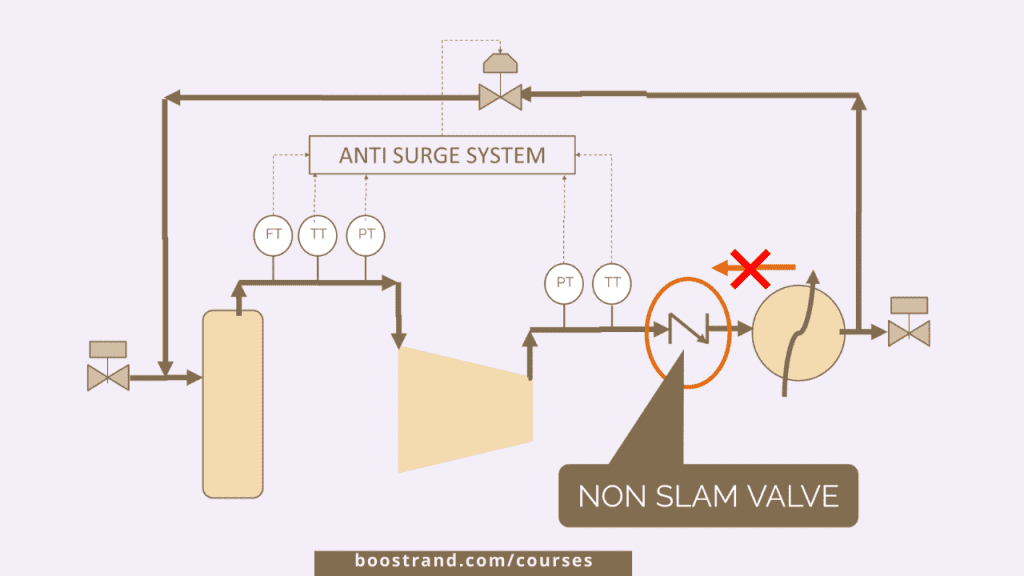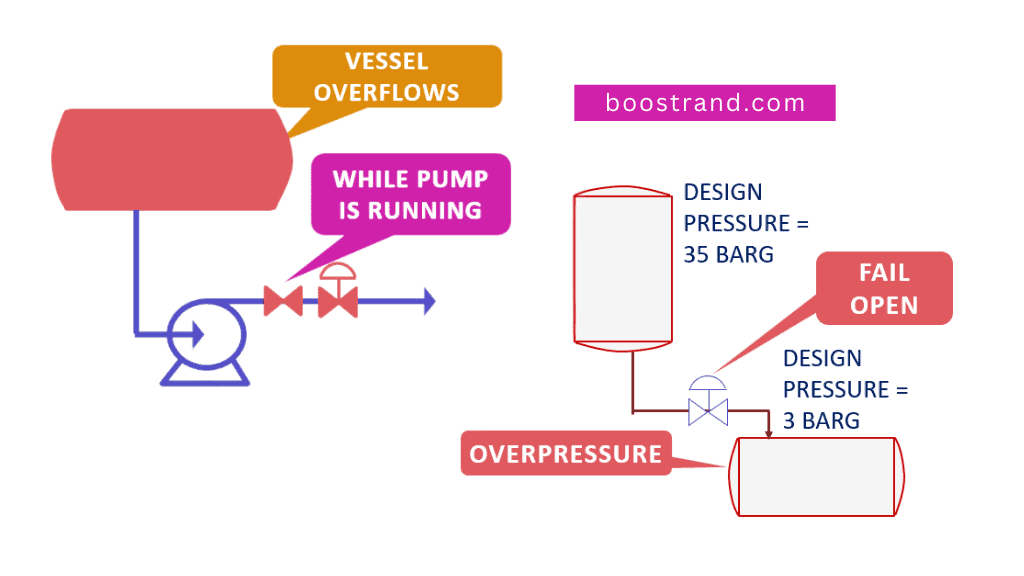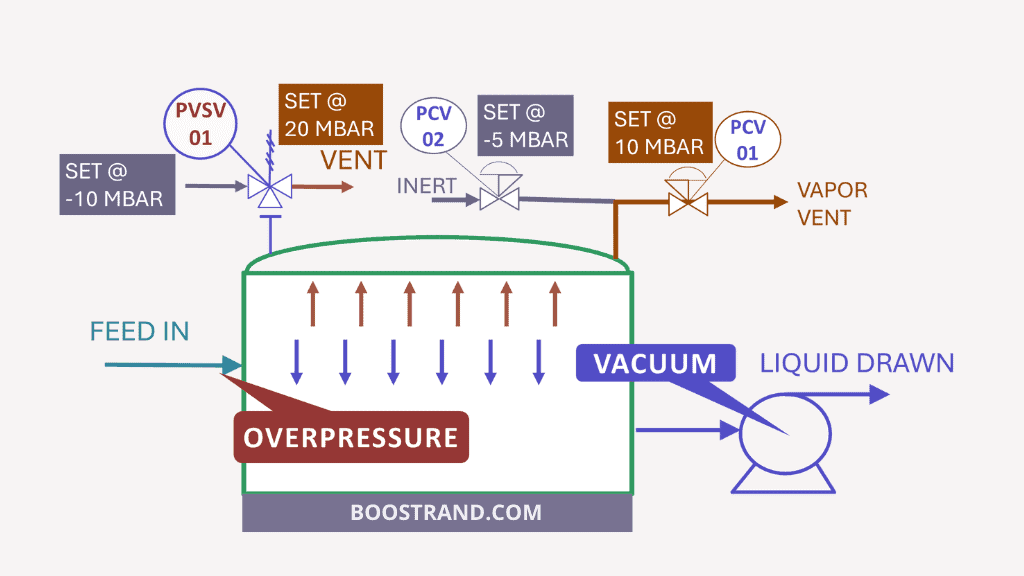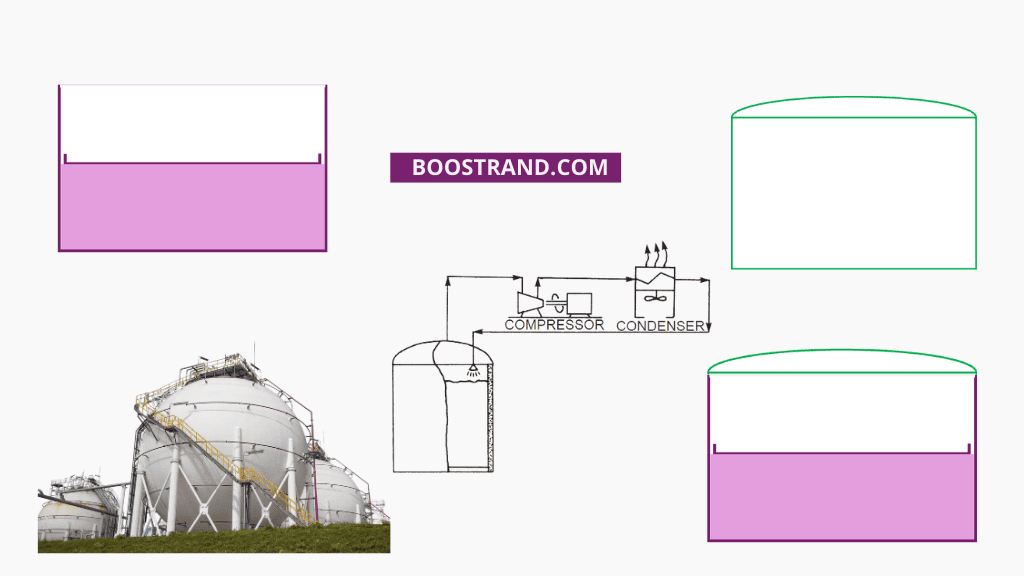Check valves play a pivotal role in industrial piping systems by providing critical backflow prevention, ensuring that processes continue to operate efficiently and safely.
However, when carrying out engineering activities, a process engineer should recognize his needs and the main issues the system might face. Based on these issues, the process engineer may add additional requirements. One of these requirements is related to the check valve type.
The check valve can be a traditional swing check valve or it can be a non-slam check valve. Understanding the operational differences between these valves is key to optimizing system performance and reducing operational and maintenance issues.
Understanding Swing Check Valves and Their Limitations
Swing check valves are commonly used due to their simple design and effectiveness in many applications. They consist of a disc that swings on a hinge or trunnion, opening with forward flow and closing when the flow ceases. This poses a cheap valve with a simple design and a low pressure drop
However, the swing check valve’s mechanical design is prone to creating significant operational issues:
- Delayed Closure: Swing check valves may close slowly in response to flow cessation or reversal, potentially allowing for backflow to occur for some time before closing.
- Water Hammer: when the swing check valve closes, its disc slams shut (very quickly). This can create a shockwave when a high velocity or a high pressure fluid suddenly stops. This is a phenomenon called water hammer. It causes an abrupt pressure spike, pipe vibration, component stress, and, in severe cases, equipment or piping damage.
Swing Check Valves
Preventing Damage with Non-Slam Check Valves
Thats why there is another type of check valves which is the non-slam type. Non-slam check valves are designed to address the shortcomings of swing check valves:
- Spring-Assisted Closure: These valves incorporate a spring mechanism that ensures a quick response to flow changes, preventing backflow and the associated water hammer.
- Controlled Disc Movement: The non-slam check valve controls the disc’s motion, allowing for a smooth and gentle closure on the valve seat, thus mitigating pressure spikes.
- Efficiency and Safety: By eliminating the risk of water hammer, non-slam check valves enhance process stability and safety, while also reducing the likelihood of maintenance issues.
Non-slam Check Valve (after 16 seconds)
Applications Best Suited for Non-Slam Check Valves
Non-slam check valves are particularly beneficial in scenarios where the consequences of valve slam and water hammer are unacceptable:

- Compressor Discharge Lines: In a compressor, reverse flow to the compressor cannot be tolerated as this can lead to compressor damage. For example in settle out condition, the valves at the suction and discharge are closed while anti-surge line is recycling the gas back to the suction system. Here we need to ensure that no gas shall short-circuit its path by flowing to the compressor in the reverse direction. That’s why we shall need a check valve with a rapid response to protect against reverse flow, which is commonly a non-slam valve. You can check our course if you like to understand compressor operation in more detail.
- High-Pressure/Velocity Systems: In systems where high fluid velocities or pressures are present, introducing a swing check valve can trigger water hammer. That’s why non-slam check valves are used to minimize the risk of water hammer and its associated component damage.
- Pulsation-Sensitive Processes: Such as positive displacement pump discharge systems. The way positive displacement pumps work leads to cyclic flow and creates flow pulsations. In these cases, the pulsation action can cause valve wear. In addition, the slam action of a swing valve may be susceptible to occur frequently, which can trigger the water hammer. That’s why it’s common in this case to use a non-slam check valve. If you’d like to understand the main difference in operation between positive displacement and centrifugal pumps and go in pump hydraulics in depth, you can check out our pumps course.
When to Use Swing Check Valves
As we have seen, there are some limitations of swing check valves. However, they are still much more frequently used. This is because they are much cheaper and give lower pressure drop. That’s why they are commonly used in most applications which are characterized by the following:
- No real water hammer risk: In systems where the potential for water hammer is low due to moderate flow rates and pressures, swing check valves can be a cost-effective solution.
- Backflow is not that critical: For processes where the risk of backflow is not expected to cause significant damage or disruption (e.g. compressor discharge example), swing check valves can be a practical choice.
Making an Informed Decision
The choice between swing and non-slam check valves should be made after carefully considering the system’s operational parameters, potential risks, and the critical nature of the process.
While swing check valves may be appropriate for less demanding applications, the advanced design and superior performance of non-slam check valves make them indispensable for high-risk systems.
Conclusion
By selecting the right valve type, a process engineer can ensure the prevention of significant process disruptions, ensure safety, and protect against costly downtime and repairs, ultimately achieving a better return on investment.
Start your Career
Access Process Engineering Introduction Course
Share this:
[…] creation of a PFD is typically based on the output of process simulation software. We have discussed plant simulation’s role in a project in the previous article. In a nutshell, process simulation involves using specialized software to model and analyze the […]


